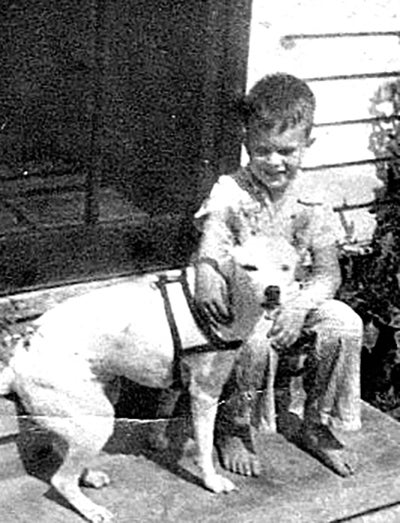And Now You Know: Charles Holmes Saxon was one of the organizers of the Masonic Lodge of Madison
Published 12:39 am Saturday, October 9, 2021

- And Now You Know
|
Getting your Trinity Audio player ready...
|
First settled in 1820, the town known as Green’s Bluff was renamed Madison in 1840. In 1858, the name was changed to Orange. Charles Holmes Saxon settled in Orange in 1850. He was born near Meridian, Mississippi in 1820. In December 1842, Saxon moved to Jasper County, Texas and farmed there until May 1846 when he enlisted to fight in the Mexican War.
Discharged in August 1846 near Camargo, Mexico he returned to Jasper County and lived there until 1848 when he moved to Brownsville, Texas. In 1850, he moved to and settled in the part of Jefferson County that later became Orange County.
In Orange County he ran a shingle yard on the Sabine River that made hand cut shingles.
In June 1852, Saxon received his three Masonic Degrees in the DeWitt Clinton Lodge No. 29 AF&AM in Jasper, Texas.
At the end of 1852 Saxon, along with other Masons petitioned the Grand Lodge of Texas for permission to form a new lodge in Madison.
1852 was the year that Orange County was created from Jefferson County. Saxon served as a member of the first Orange County Commissioners Court.
He also held the office of Orange County Sheriff from June 30, 1852, until August 1, 1853.
The Madison Lodge, under dispensation, was organized on April 30, 1853, with Charles Saxon chosen as Filer of the Lodge.
He served as Steward in 1857, Junior Warden in 1858, was appointed Junior Deacon in the years 1861, 1862, 1863, and 1865 and was elected Junior Warden in 1866.
Saxon also belonged to the Orange Chapter No.78 RAM (Royal Arch Masons) and Orange Council No. 49 R&SM. He was also a member of The Knights of Labor and a member of the Farmer’s Alliance.
When the Civil War began, he enlisted in the Confederate Army and served in Texas, New Mexico, and Louisiana. He was in the battles at Mansfield, Pleasant Hill and Yellow Bayou. These battles played a large part in ending Union General Banks campaign on the Red River. He was discharged at Beaumont, Texas on August 3, 1865, after serving a total of three years and five months.
In 1901, the Walter P. Lane Camp of the United Confederate Veterans was organized in Orange. Saxon was elected secretary of the Camp. He also served as First and Second Lieutenant of the Camp and was elected Commander of the Camp in 1913. The last minutes of the Camp were written in 1927.
After leaving the army and returning to Orange he started another shingle mill. He later moved to a farm about eight miles north of Orange where he raised livestock and engaged in general farming until about 1900 when he moved back to Orange to live with his son, Charles H. Saxon, Jr.
At the time of his death on January 26, 1919, Charles H. Saxon, Sr. was 98 years old, the oldest living Mason in Orange with 67 years of active service to his Lodge.
His funeral was held in a private home located at Ninth Street and Park Avenue in Orange.
The Rev. E.T. Drake conducted a brief religious ceremony and eulogy then members of the Madison Lodge took charge of the remains and accompanied them to Evergreen Cemetery where they were buried with full Masonic Honors.
Members of the Walter P. Lane Camp, UCV, served as pall bearers.
“And now you know.”






